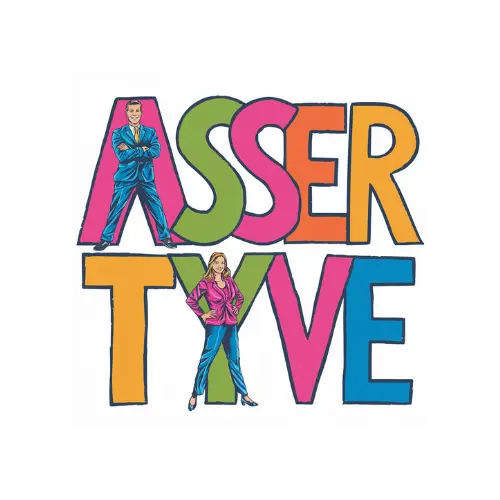Understanding Conflict: The Foundation of Effective Negotiation
Conflict is an inevitable part of any negotiation. It arises when two or more parties have different interests, goals, or values that cannot be reconciled. However, conflict is not inherently negative. In fact, it can be a catalyst for growth, innovation, and creative problem-solving. The key to successful negotiation is not to avoid conflict, but to manage it effectively.
Effective conflict management involves understanding the underlying interests, needs, and concerns of all parties involved. This requires active listening, empathy, and a willingness to compromise. By acknowledging and addressing the concerns of all parties, negotiators can create a foundation for a mutually beneficial agreement.
The Principles of Negotiation: Separating the People from the Problem
Negotiation is not about winning or losing; it’s about finding a solution that satisfies the interests of all parties. To achieve this, negotiators must separate the people from the problem. This means focusing on the issue at hand, rather than making personal attacks or taking things personally.
One of the most effective ways to separate the people from the problem is to use objective criteria. This can include industry standards, expert opinions, or legal precedents. By relying on objective criteria, negotiators can make more informed decisions and reduce the risk of emotional bias.
Additionally, negotiators should focus on interests, not positions. This means understanding the underlying needs and desires of all parties, rather than simply focusing on their stated positions. By doing so, negotiators can identify creative solutions that meet the interests of all parties.
The Power of Active Listening: Unlocking the Secrets of Successful Negotiation
Active listening is a crucial component of successful negotiation. It involves fully engaging with the other party, understanding their perspective, and acknowledging their concerns. Active listening is not just about hearing the words; it’s about understanding the underlying emotions, needs, and desires.
One of the most effective ways to practice active listening is to use open-ended questions. These questions encourage the other party to share more information, rather than simply responding with a yes or no. By using open-ended questions, negotiators can gain a deeper understanding of the other party’s interests and concerns.
For example, instead of asking “Do you want to increase the price?”, a negotiator could ask “What are your thoughts on the current pricing structure?” This encourages the other party to share their thoughts and feelings, rather than simply responding with a yes or no.
The Art of Compromise: Finding a Mutually Beneficial Agreement
Compromise is an essential component of successful negotiation. It involves finding a solution that satisfies the interests of all parties, rather than insisting on getting everything one wants. Compromise is not about sacrificing one’s own interests; it’s about finding a creative solution that meets the needs of all parties.
One of the most effective ways to compromise is to use a collaborative approach. This involves working together with the other party to find a solution that satisfies both parties. By sharing information, ideas, and resources, negotiators can identify creative solutions that might not have been possible otherwise.
For example, in a business negotiation, one party might be willing to compromise on price in exchange for a longer contract term. This satisfies the interests of both parties, as the seller gets a guaranteed revenue stream, and the buyer gets a better price.
Common Negotiation Mistakes: Avoiding Pitfalls and Reaching a Successful Agreement
Even the most experienced negotiators can make mistakes. However, by being aware of common pitfalls, negotiators can avoid these mistakes and reach a successful agreement.
One of the most common negotiation mistakes is making concessions too quickly. This can create a power imbalance, where one party feels they have the upper hand. Instead, negotiators should make concessions gradually, and only in response to reciprocal concessions.
Another common mistake is taking a hardline approach. This can lead to a breakdown in communication and a failure to reach an agreement. Instead, negotiators should focus on building relationships and finding creative solutions that satisfy the interests of all parties.
FAQ
What is the most effective way to manage conflict in a negotiation?
The most effective way to manage conflict in a negotiation is to understand the underlying interests, needs, and concerns of all parties involved. This requires active listening, empathy, and a willingness to compromise.
How can I separate the people from the problem in a negotiation?
One of the most effective ways to separate the people from the problem is to use objective criteria, such as industry standards, expert opinions, or legal precedents. This helps to focus on the issue at hand, rather than making personal attacks or taking things personally.
What is the key to successful negotiation?
The key to successful negotiation is to find a solution that satisfies the interests of all parties. This requires a willingness to compromise, active listening, and a focus on building relationships.
Conclusion
Conflict and negotiation are intertwined concepts that are essential to reaching a mutually beneficial agreement. By understanding the principles of negotiation, separating the people from the problem, practicing active listening, and finding creative solutions, negotiators can unlock the secrets of successful negotiation. Remember, negotiation is not about winning or losing; it’s about finding a solution that satisfies the interests of all parties. By following these principles, negotiators can achieve a successful outcome that benefits everyone involved.




Leave a Reply